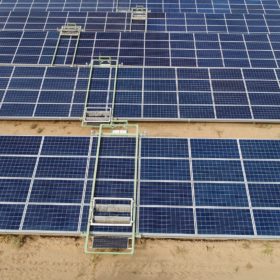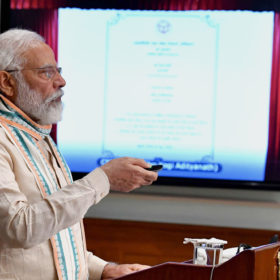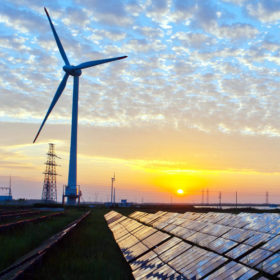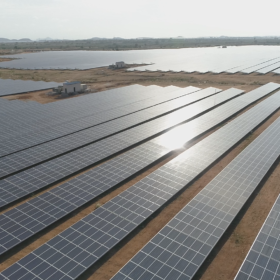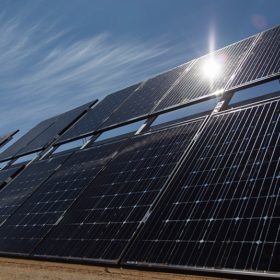Solar lobby group seeks blanket deadline extension till November 30
The National Solar Energy Federation of India said the project timeline relaxation provided by the Ministry of New and Renewable Energy is insufficient as construction continues to be severely hampered. Labour exodus and procurement delays (due to restrictions on international travel) are among the reasons affecting project progress.
Narendra Modi to inaugurate 750 MW Rewa solar project tomorrow
The project—set up in Madhya Pradesh—is one of the world’s largest single-site solar power plants. It is also India’s first PV project to supply power to an inter-state open-access customer.
Enel joins the Indian solar gold rush
The Italian utility, fresh from securing its first 300 MW of PV generation capacity in the recent, record-setting tender held by SECI, has teamed up with the state-owned Norwegian Investment Fund to commit to further clean energy facilities in India.
BP commits $70m to UK-India green growth fund
The fossil fuel company will become a partner in the fund, which invests in clean energy projects.
There’s something fishy about this flow battery innovation
Scientists led by MIT have suggested chitin, a carbon and nitrogen-rich material made from waste shrimp shells, could produce sustainable electrodes for vanadium redox flow batteries and other energy storage technologies.
ARCI develops easy-to-clean solar panel coating
The super-hydrophobic coating using functional nanoparticles repels dust deposition on the solar panels and cleans itself by the action of water on the modules.
UK investor NextEnergy acquires 27.4 MWp solar project in Odisha
The plant—constructed and operated by Germany-headquartered IBC Solar Energy—is NextEnergy’s first investment in India as part of its strategy to acquire ready-to-build or operational solar projects across high-growth international markets.
Railways sets up a solar plant to directly power the traction network
The 1.7 MWp solar project—in Bina town of Madhya Pradesh—has been installed by Bharat Heavy Electricals Limited (BHEL) to feed the Railways’ overhead traction system directly.
Delhi lockdown has seen solar irradiation rise
Scientists measuring air pollutants and PV performance in the city have found the lockdown conditions imposed since late March have brought about a significant reduction in air pollution which has led to an 8% increase in solar irradiation reaching rooftop arrays.
India will add just 50 GW of solar in the next five years, according to company bosses
The expected return would leave the nation woefully short of its ambitious 175 GW clean energy target, which was laid down with a 2022 deadline. Chief executives who criticized aggressive clean power auctions said they would like to see more fossil fuel facilities thrown into the mix.
